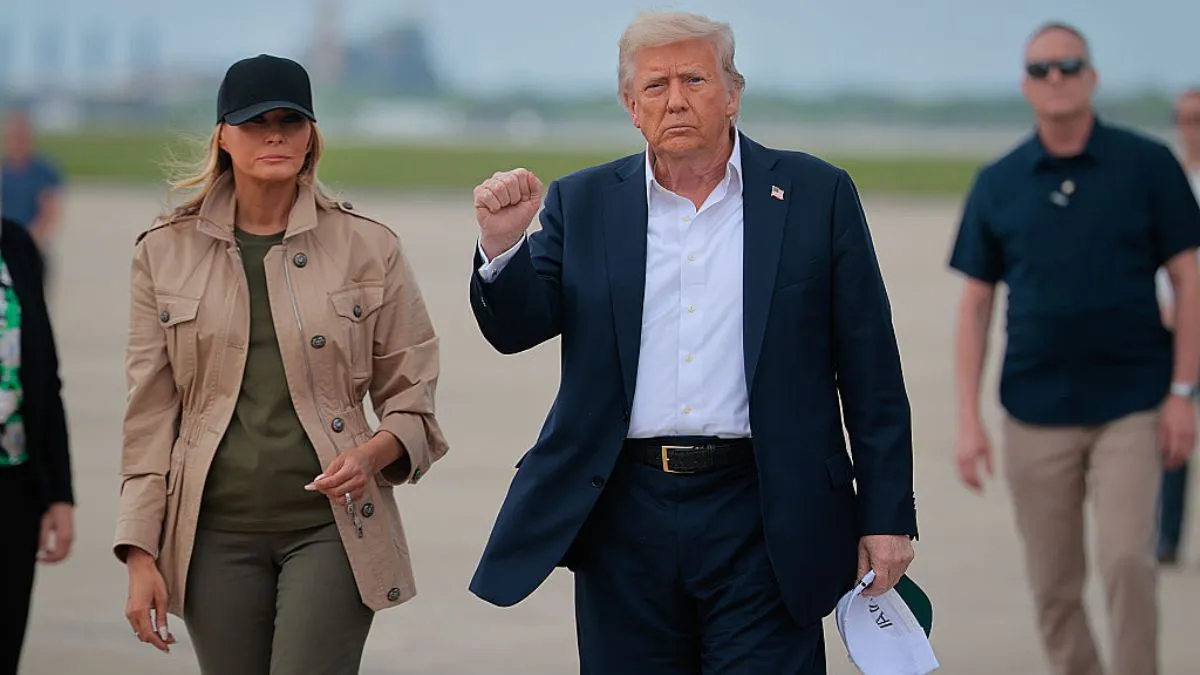
Advertisement
The Donald Trump administration is back on track with its effort to tear down the U.S. Department of Education. After a judge temporarily blocked the move and ordered 1,400 fired employees to be reinstated, the Supreme Court has now stepped in and paused that ruling. This means Linda McMahon, who is overseeing the plan, can continue carrying out the administration’s goal to gut the department.
Even though Donald Trump openly campaigned on getting rid of the Education Department, his legal team insists that the recent wave of firings isn’t about that. Instead, they claim it’s all just part of routine “internal management decisions.” However, many critics say this is simply a way to avoid going through Congress, which would be legally required if the administration were officially trying to shut the department down. Taking that route would bring a lot of media attention and public backlash, something Trump wants to avoid after seeing how past moves like his controversial mega-spending bill hurt his popularity.
The Department of Education was created during President Jimmy Carter’s term, with a mission to manage college financial aid and enforce civil rights protections in schools. These are both things Trump has largely ignored or actively fought against in his political career. So, it comes as no surprise that he’s now trying to weaken the department to the point where it can’t function properly. This strategy looks similar to how he cut down FEMA during his first term, reducing its ability to respond to emergencies effectively.
The effect of the Supreme Court’s decision was immediate. Just two hours after the ruling, Education Department employees began receiving official termination notices. Soon after, Trump posted on his social media platform, Truth Social, celebrating the decision and shouting that some of the department’s responsibilities will now “GO BACK TO THE STATES.” His supporters argue this will allow local governments more control, but critics warn that it will lead to a patchy, unequal system across the country.
One of the strongest voices pushing back was Justice Sonia Sotomayor, who blasted the court’s decision. In her dissent, she warned that this will leave students vulnerable, especially those who rely on federal support to fight discrimination, sexual assault, and other serious issues in schools. Without these federal protections, she says, many students will be left without the help Congress originally intended when it created the department.
Trump’s moves show a growing pattern: using his control over the executive branch, the Supreme Court, and the House of Representatives to bypass normal checks and balances. Instead of working within the system, he’s pushing his agenda forward in ways that weaken key institutions and make it harder for opponents to fight back.
In his second term, Trump has shown that he views education and research funding not as necessities but as political tools. He’s willing to cut federal support for schools to punish governors who challenge him or don’t align with his culture war narratives. And unless there’s a significant shift in Congress or the Senate soon, something that might come during the next round of elections, Trump seems to be on a clear path to achieving his goal of dismantling the Education Department. This wouldn’t be the first time, either. His administration already managed to break apart U.S. foreign aid efforts through USAID, regardless of whether it was fully legal. And now, it looks like education may be next.
